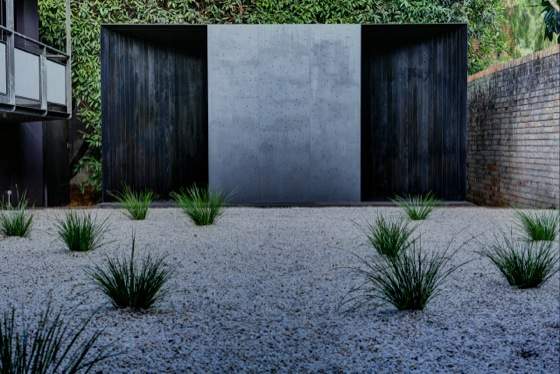Fugitive Structures
Check out architecture at play, indoors and out.
Overview
Fugitive Structures is a pretty big departure from the usual exhibitions at Sherman Contemporary Art Foundation. Instead of displaying works by blue chippers (Ai Wei Wei, Yang Fudong etc.), they’re taking a stab at starchitecture. An awesome new initiative between SCAF and BVN Donovan Hill one of Australia’s largest architectural practices Fugitive Structures is an annual, invitation-only competition for emerging to mid-career architects. The winner is given the opportunity to create a small, temporary structure in an urban setting.
The project takes its cue from the Architectural Pavilion at London's Serpentine Gallery. "Over the years I have been inspired by the creative energy and simplicity of execution behind the annual Serpentine Gallery Pavilion project," says Dr Gene Sherman, SCAF's executive director. "I wanted to reference, but not imitate the concept, preferring to concentrate on young architects in our region, and giving them the opportunity to freely explore architectural ideas and space without focusing on a utilitarian outcome."
Andrew Burns, a Sydney-based architect, is the competition's inaugural winner. He’s already made a big, minimalist splash with Australia House, a gallery, studio and atelier commissioned by the Australian Embassy in snowy Niigata Prefecture, Japan. Burns' structures sit somewhere between architectural form and art object, making him an ideal choice for the Fugitive Structures project.
Crescent House is a precise, understated construction sitting in the SCAF Zen Garden the super chilled area between the Foundation's exhibition space and their theatre and library annexe. Light streams through small holes in the front wall of the building. They are placed irregularly and the beautiful patterns cast on the floor reminded me of the glowing stars I stuck up around my room as a kid. It's a magical effect. The pavilion itself is quite dark, but it's open enough that it lets in a considerable amount of light. The end result is a gloriously meditative, tranquil space. It's hard to leave.
En route to Crescent House, you'll cruise past an Olafur Eliasson installation in SCAF's main gallery space. Eliasson's The cubic structural evolution project (2004) is a huge mess of white Lego. You’re encouraged to get your paws on the blocks which is good as they're ridiculously inviting and help turn the rubble into a cityscape. Although not related to Burns' Crescent House, it’s a terrific counterpoint to the Fugitive Structures project with their shared emphases on construction and the blending of art and architecture.
For the Crescent House, I'd recommend a visit during the week, as much of the effect gets lost when you're climbing over people to get in.
SCAF is open Wednesday to Saturday, 11- 5. Image: Brett Boardman Photography.







